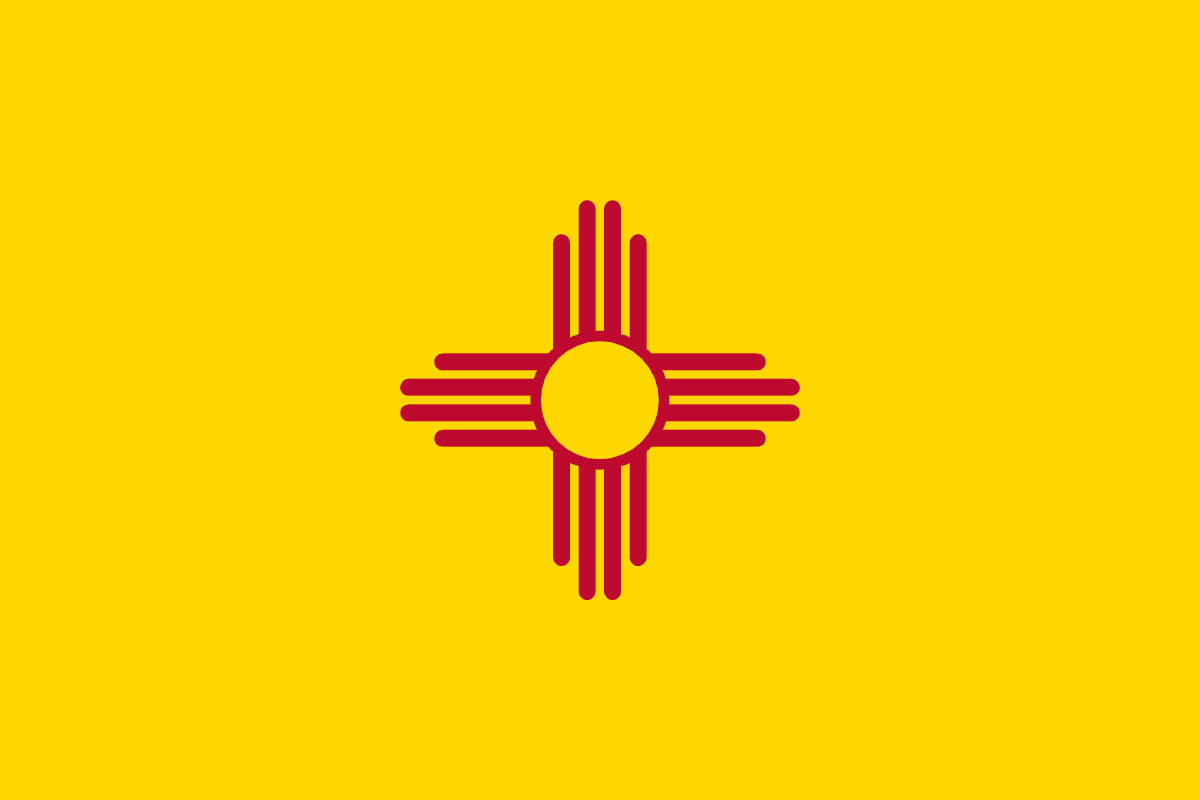A reference of New Mexico Eviction Laws, and steps of the New Mexico eviction process for landlords and renters, updated 2021.
- What are the reasons that landlords can evict tenants under New Mexico eviction laws?
- Non-payment of rent (N.M. Stat. Ann. § 47-8-33(D))
- Substantial damage to property (N.M. Stat. Ann. § 47-8-33(I))
- Illegal activity (N.M. Stat. Ann. § 47-8-33(I))
- Non-compliance with the lease agreement (N.M. Stat. Ann. § 47-8-33)
- The tenant remains in possession of the dwelling unit after the occupancy period without the landlord’s permission (N.M. Stat. Ann. § 47-8-37)
- What notice do New Mexico eviction laws require that landlords provide tenants before starting the eviction process? For all evictions in New Mexico, the notice must provide specific details about the tenant’s acts that give grounds for eviction, including the specific acts and dates. The eviction notice must state when the lease will terminate if the problem is not remedied. (N.M. Stat. Ann. § 47-8-33)
- For evictions based on non-payment of rent, the landlord must provide a 3-day notice. (N.M. Stat. Ann. § 47-8-33(D))
- For evictions based on illegal activity, the landlord must provide a 3-day notice. N.M. Stat. Ann. § 47-8-33(I)).
- For evictions based on substantial damage to property, the landlord must provide a 3-day notice. (N.M. Stat. Ann. § 47-8-33(I))
- For evictions based on non-compliance with the lease, the landlord must provide 7-days’ notice. The tenant has seven days to fix the problem. If they do fix it, they will not be evicted. However, if they breach the lease again within six months, they will receive a second 7-day notice and will not have the right to fix it. (N.M. Stat. Ann. § 47-8-33)
- The landlord can end a month-to-month tenancy by providing a 30-day notice. A landlord can end a week-to-week tenancy by providing a 7-day notice. If the tenant holds over the tenancy not in good faith, the landlord can seek damages and attorney’s fees. (N.M. Stat. Ann. § 47-8-37)
- Do New Mexico eviction laws allow landlords to use “self-help eviction” methods, such as locking a tenant out of the rental unit or shutting off the utilities?
- No. New Mexico law prohibits self-help measures, including changing, adding, or removing any locks, blocking entrance into the rental unit, interfering with essential utility services, and removing the tenant’s personal property. If the landlord takes any of these actions, the tenant can seek damages equal to one day’s rent per each day the tenant is denied possession and other damages. (N.M. Stat. Ann. § 47-8-36).
New Mexico Eviction Process: Step-by-Step
The eviction process in New Mexico includes the following steps:
- The landlord serves the eviction notice. The landlord must serve the appropriate type of eviction notice on the tenant. eviction notice on the tenant.
- The landlord files an eviction lawsuit. If the tenant fails to pay the rent or take other action to cure their violation of the breach of the lease, the landlord can initiate the eviction process in New Mexico. The landlord prepares a petition by owner for restitution that provides the necessary information about the breach of the lease. The landlord also has a summons and notice of trial issued that explains that there is a legal action against the tenant and notifies the parties when the trial will be held.
- The tenant answers the petition. The tenant can fight the eviction by preparing an answer to the petition for restitution.
- Parties attend the hearing. The parties attend the hearing. Each presents their side of the case. The judge decides whether to grant the landlord relief or to dismiss the case.
- Landlord arranges for eviction The landlord works with local law enforcement to have the tenant removed from the property.







